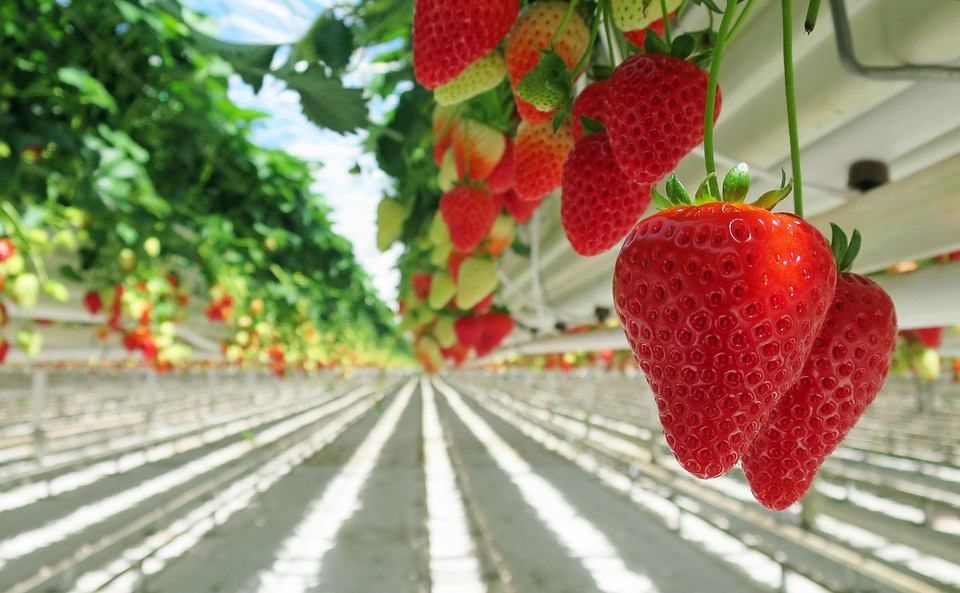# Creating a Beautiful and Eco-Friendly Garden with Sustainable Plants
Nestled in a secluded patch of paradise, I’ve spent countless hours nurturing my little corner of the world. One sunny afternoon, I found myself sipping herbal tea, fragrant with the scent of fresh mint from my garden. As I looked out over the greens, vibrant yellows, and purples dancing in the breeze, I felt a deep connection to each plant thriving in this eco-friendly haven. The gardens I’ve cultivated have not only brought beauty to my life but have become a vital part of the ecosystem around me. From the buzzing bees to the fluttering butterflies, each element plays a significant role—reminding me that gardening is more than just growing food; it’s about creating a sustainable lifestyle.
### Why Go Eco-Friendly?
Creating an eco-friendly garden isn’t just a trend; it’s a commitment to our planet. With climate change and declining biodiversity becoming significant concerns, the need for sustainable practices in gardening has never been more pressing. By utilizing sustainable plants and practices, you contribute to a healthier ecosystem, conserve resources, and reduce waste.
Sustainable gardening focuses on choosing plants that are native to your area, require less water, and promote biodiversity. Let’s dive into the key elements of creating a beautiful and sustainable garden brimming with life.
### Selecting the Right Sustainable Plants
**Native Plants: The Unsung Heroes**
One of the best ways to ensure your garden thrives with minimal intervention is to incorporate native plants. These species are already adapted to your local climate, soil types, and wildlife. When choosing plants, consider the following:
– **Local Climate**: Research plant hardiness zones to find species suited to your environment. Look for plants that can withstand droughts, heavy rain, or colder temperatures.
– **Soil Needs**: Different plants thrive in various soil types; understanding your soil composition can help you select the most compatible plants.
**Diversity is Key**
Biodiversity is not just great for the environment but enhances the beauty of your garden. Mixing a variety of plants offers colors, textures, and scents that can transform any space. Consider:
– **Pollinator Gardens**: Incorporate flowers like coneflowers, lavender, and black-eyed Susans that attract bees, butterflies, and hummingbirds. These plants will not only beautify your garden but also ensure it thrives through pollination.
– **Companion Planting**: Certain plants can enhance each other’s growth when planted together. For example, tomatoes pair well with basil while marigolds can deter pests when near vegetables.
### Sustainability Practices for Your Garden
**Water Management**
Water conservation is a critical aspect of sustainable gardening. Here are some water-wise strategies:
– **Rainwater Harvesting**: Collect rainwater using barrels or cisterns. This resource can provide a natural, chemical-free irrigation option.
– **Drip Irrigation**: Implementing a drip irrigation system can reduce water usage significantly, delivering water straight to the plant roots.
**Soil Health**
Healthy soil is the foundation of any thriving garden. Here’s how to keep your soil rich and fertile:
– **Composting**: Turn kitchen scraps and yard waste into nutrient-rich compost. This practice not only reduces waste but enhances soil quality.
– **Mulching**: Use organic materials like wood chips, straw, or leaves to retain moisture, suppress weeds, and improve soil texture.
**Pest Management**
Instead of chemical pesticides, focus on natural pest control methods:
– **Beneficial Insects**: Invite ladybugs, lacewings, and predatory wasps into your garden to combat harmful pests.
– **Homemade Solutions**: Create natural repellents using garlic or chili powder. These can deter pests without harming beneficial insects.
### Designing Your Eco-Friendly Oasis
A sustainable garden can be both functional and aesthetically pleasing. Here’s how to design your eco-friendly oasis:
**Garden Layout**
Consider your garden layout carefully. Use raised beds, vertical gardening, or container gardening if space is limited. This also ensures better drainage and reduces soil compaction.
**Color and Texture**
Choose plants that flower in different seasons to ensure year-round beauty. Incorporate plants with varying heights and textures to create depth in your garden.
**Wildlife Habitats**
Integrate elements that attract and support wildlife:
– **Birdhouses and Feeders**: Encourage birds to visit your garden, providing natural pest control.
– **Insect Hotels**: Create nooks for beneficial insects to reside, helping sustain your garden’s ecosystem.
### Pro Tips for a Thriving Sustainable Garden
1. **Plan Ahead**: Sketch your garden layout before planting to maximize space and sunlight.
2. **Start Small**: If you’re new to gardening, begin with a small section to avoid feeling overwhelmed.
3. **Seed Swap**: Join local gardening groups or online communities to exchange seeds and plant cuttings. This can introduce new varieties and strengthen community ties.
4. **Seasonal Rotation**: Rotating crops annually can prevent soil depletion and reduce pest problems.
5. **Get Creative With Decor**: Repurpose old containers, wood pallets, or furniture as garden decor, adding charm while minimizing waste.
### Harvesting and Enjoying the Fruits of Your Labor
After months of nurturing, the time to reap the rewards arrives. Gather your fresh herbs, vegetables, and fruits with joy! Whether you’re whipping up a delicious farm-to-table meal or drying herbs for later, the satisfaction of consuming what you’ve grown is unparalleled.
**Preserving Your Bounty**
For those with an abundance of produce, preserving through canning, drying, or freezing can extend the benefits of your harvest throughout the year. Share your bounty with neighbors and friends; there’s nothing like gifting homegrown produce to foster community connections!
### Conclusion
Creating a beautiful and eco-friendly garden with sustainable plants is an enriching experience that enhances our relationship with the earth. Remember that every plant, every pollinator, and every practice contributes to a more sustainable future. Whether you have a sprawling backyard or a small balcony, you can cultivate a thriving eco-friendly oasis that not only beautifies your environment but nurtures the planet.
So grab your gardening gloves, and let’s get those hands dirty! Your sustainable garden awaits, promising beauty, biodiversity, and a deeper connection with nature. Happy gardening!



